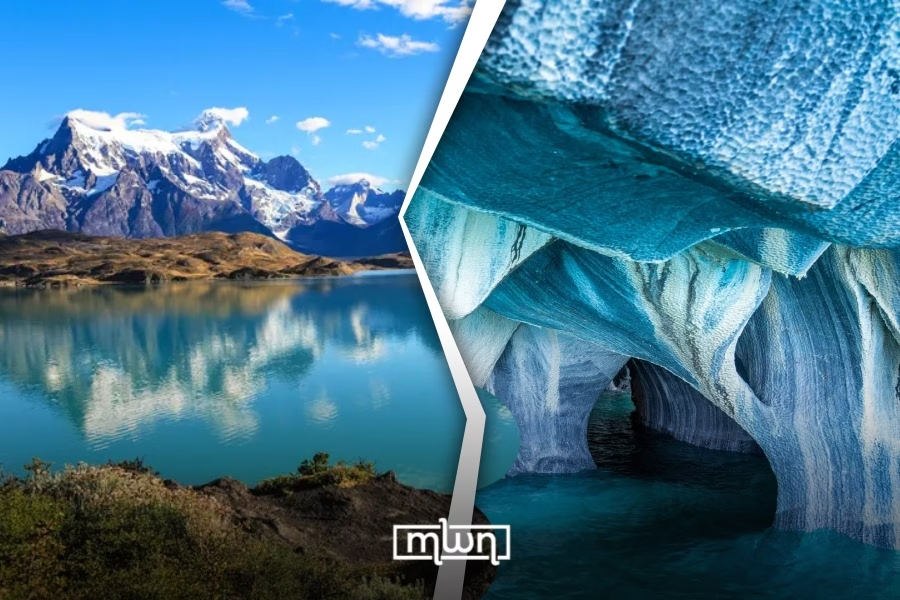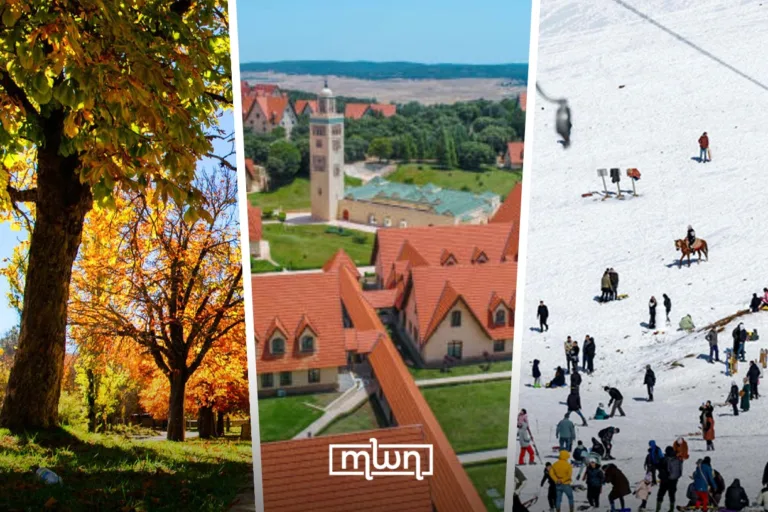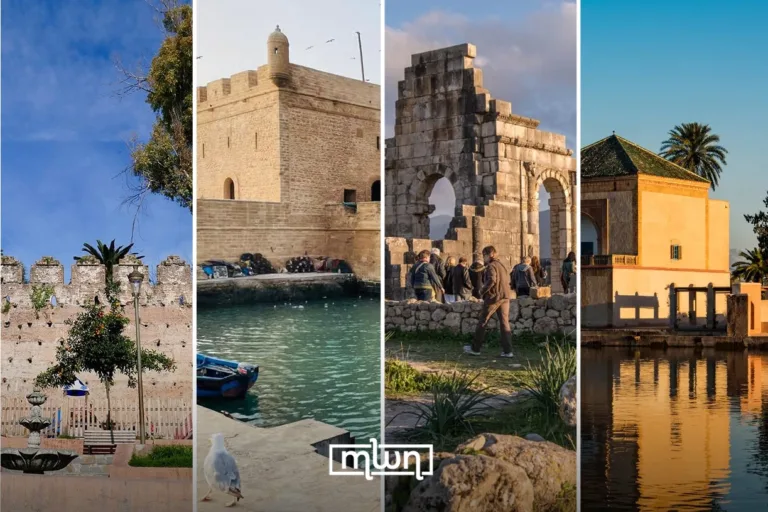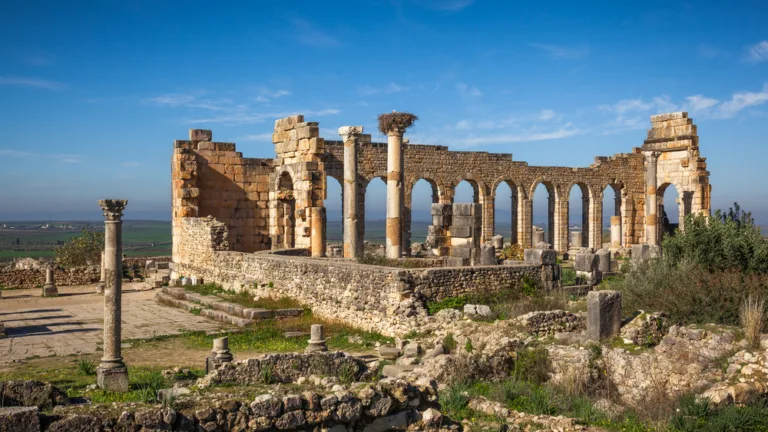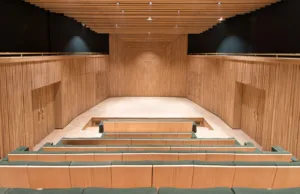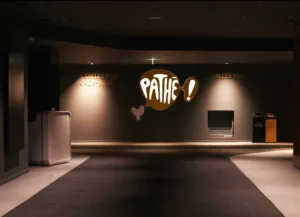Chile is where legends, landscapes, and lost time quietly collide.
Fez – Chile isn’t your average travel destination; it’s a jaw-dropping, narrow ribbon of land stretched across South America’s western edge, where nature loves to show off.
From the Atacama Desert up north to icy volcanoes and mossy fjords down south, it’s basically the world’s wildest landscape sampler. And hidden in all this beauty? Stories. Centuries of them.
Let’s start with one of Chile’s eeriest adventures: the “Ghost Forest.”
Deep in southern Chile, past abandoned villages with slanted wooden rooftops and moss creeping up the walls, begins a surreal journey.
You hop into a small boat and glide down the silent Chepu River, except you’re not alone. Blackened tree trunks rise from the water like ghostly figures trapped in time.
These haunting remains were once a forest, swallowed by floods and earthquakes.
Now, they stand half-submerged, shrouded in mist, silent witnesses to a violent past.
The final stretch to the Pacific can’t be reached by boat. You’ll need to hike. And when you finally reach the edge, arguably one of the most isolated spots on Earth, it feels like the planet just… ends.
The Pier of Light
Further south lies the Pier of Light, or “Muelle de la Luz,” in the Chiloé Archipelago, a place where myth is part of the scenery.
The pier stretches into the sea and abruptly stops, giving the illusion of leading straight into another world.
According to the indigenous Huilliche people, this is where a mystical boatman named Tempilkawey ferries souls of the dead to the afterlife.
Dramatic? Absolutely. Especially when paired with the crashing waves, howling winds, and the occasional shriek of a seabird overhead. It’s no wonder visitors report feeling a strange, reverent calm here.
Chiloé isn’t just about legends. It’s also a haven for wildlife lovers. Dolphins play in the wake of passing boats, seals lounge lazily on buoys, and in the distance, the Corcovado Volcano feeds a glittering glacier that seems to light up the sky.
In the face of modern sprawl, Chile is racing to preserve its architectural soul. The “Fellton Project” on the Rilán Peninsula is relocating 140-year-old wooden houses to protect Chiloé’s unique building heritage.
Some were dragged by oxen, others floated across water. But with urban expansion accelerating post-COVID, this wood-based culture faces real threats.
And while a massive new bridge is set to connect Chiloé to mainland Chile by 2028, locals worry: will convenience erase tradition?
Read also: Essaouira Gnaoua Festival 2025: Highlights, Fusions, and What to Expect This June

